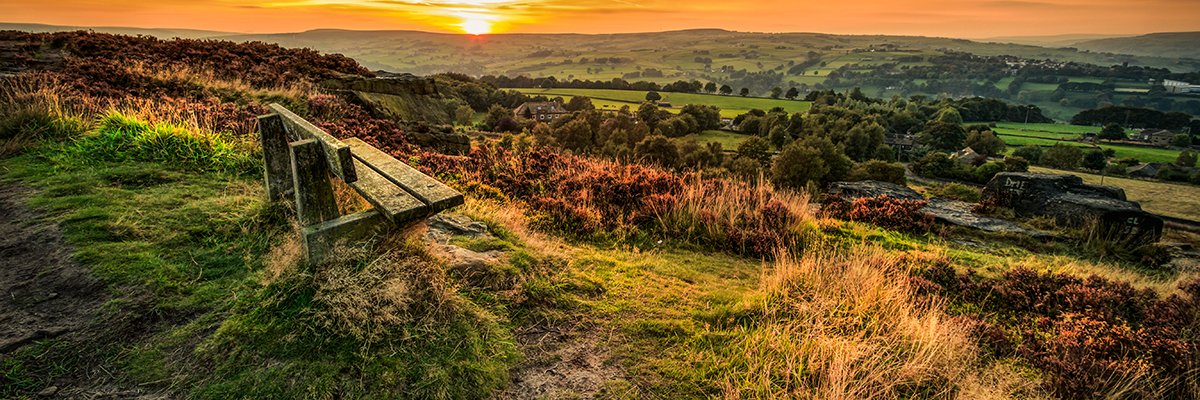EE has announced significantly improved mobile coverage in rural parts of North Yorkshire after upgrading or building more than 40 masts in the county in the past two years, most of which are part of the Shared Rural Network (SRN).
The upgrades come at an important time for countryside communities as the UK’s mobile providers retire older 3G – and later 2G – networks. EE said 4G connectivity offers remote communities the biggest and most reliable network of any current mobile technology in the UK, adding it has expanded its own 4G coverage by more than 10,000km2 in the past five years.
A report by the Royal Commission in 2021, set up by North Yorkshire County Council, warned that poor internet and mobile connectivity in rural areas were hindering economic growth and leaving tens of thousands in technology “notspots”. It also highlighted that improved connectivity has the potential to boost investment and jobs in sectors such as agriculture and tourism, as well as encouraging young people to live and work in rural areas.
Designed to wipe so-called notspots from the map, providing high-quality 4G coverage to 95% of the UK by 2025, the principle of the £1.3bn SRN programme is that through public and private investment, new and existing phone masts will be built or upgraded across the UK.
The UK’s four mobile network operators – EE, Virgin Media O2, Three and Vodafone – have committed to improve 4G coverage and level up connectivity across the UK, which has seen them invest in a shared network of new and existing phone masts, overseen by a jointly owned company called Digital Mobile Spectrum Limited (DMSL). The operators’ £532m investment is complemented by more than £500m in government funding.
To deliver the first phase of the programme, all operators committed to upgrade or build mobile infrastructure and extend the reach of their 4G networks to eliminate partial notspots. The second phase of the SRN, publicly funded by the UK government, is due to be completed in 2027 and will develop shared masts to bring 4G connectivity to areas with no existing mobile service.
The deadline set by UK comms regulator Ofcom for all of the operators to meet their individual initial SRN coverage targets for partial notspot areas is June 2024.
North Yorkshire is England’s largest county, 85% of which is classed as rural or super sparse, and contains two national parks – the Yorkshire Dales and the North York Moors. To balance the desire for improved mobile connectivity in rural communities with the need to respect the natural landscape, EE said efforts have been made to situate the sleek and compact mobile masts in non-intrusive areas while providing maximum benefit to the places where people live, work and travel.
Five masts have been upgraded in recent months to bring enhanced 4G mobile connectivity to the villages of Chapel-le-Dale, Rievaulx, Blubberhouses, Danby Wiske and Terrington, enhancing connectivity for residents, visitors, local businesses and the emergency services.
Tourist sites like Fewston Reservoir and Ingleborough Mountain – including large parts of the popular Yorkshire Three Peaks route – now have 4G coverage as part of these upgrades. The upgrades also cover transport routes including the A59, A167, B1257 and parts of the East Coast Main Line railway.
“North Yorkshire is England’s largest county and is famous for its rolling dales and close-knit rural communities,” commented Greg McCall, chief networks officer at BT Group. “These new 4G upgrades will not only mean residents will be able to stay connected to the people and things they love most, but businesses and community groups can use our network to offer new services and experiences to the millions of tourists who visit every year.”
